Trans-ports -Dream
ONL’s dream started from a discussion with Marcos Novak in 1999 at a conference held in the Getty Museum. The initial concept was to link spaces in different port cities using the internet. Spaces in rotterdam, LA and Tokyo could therefore exist together in a single building. The dream being to produce a truly e-motive building.
The first installation of Trans-ports took place at the Venice Biannale, members of the public were invited to play a game via a website and installation which would change the shape of the architecture. The installation at the biannale took the form of a cave (measuring 7x7x7m) with 128 built in sensors covering the floor triggered by the public. As well as the local public a global public are able to play the game via a website. This global public is represented in the installation as brightly colored light beams projected from the ceiling. Local and global public performs a dance together. The array of sensors functions like the mouse of the computer.
For the exhibition Non-Standard Architecture ONL realizes a working prototype of the Trans-ports project, called the MUSCLE. Programmable buildings can reconfigure themselves mentally and physically. The public connects to the MUSCLE by sensors, and by input through sliders on the computer screen. The sensors are attached to the reference points of the pavilion, coming closer to them triggers a reaction of the MUSCLE as a whole, it has been programed to have a mind of it own.
Plug-in Driver
Plug-in is a term first coined in the mid 70’s by computer programmers. Nakagin Capsule Tower is a good example of plug in or capsule architecture. The building is actually composed of two interconnected concrete towers, respectively eleven and thirteen floors, which house 140 prefabricated modules (or “capsules”) which are each self-contained units. Each capsule measures 2.3 m (7.5 ft) × 3.8 m (12 ft) × 2.1 m (6.9 ft) and functions as a small living or office space. Capsules can be connected and combined to create larger spaces. Each capsule is connected to one of the two main shafts only by four high-tension bolts and is designed to be replaceable, however the capsules were never replaced.
Both interactive architecture and plug-in architecture are used to change design but what if they were interconnected? Plug-in-City is a mega-structure with no buildings, just a massive framework into which dwellings in the form of cells or standardized components could be slotted. Could there be a possibility for the kinetic user based nature of trans-ports to be integrated into the a mega structure such as that used in Plug-in-city? So that unlike Nakagin capsule tower the capsules of plug in pavilion react to the user and do not have to be replaced for a new user which may inevitable never happen. Instead they respond to the user. This could then be used not only at a residential scale but a city scale. Using human interaction to shape the different uses needed within a city. The crane in Plug-in-City would therefor become redundant in favor of the sensors used in Trans-ports.

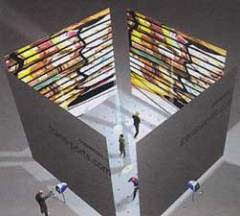
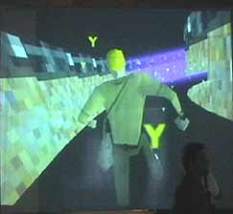
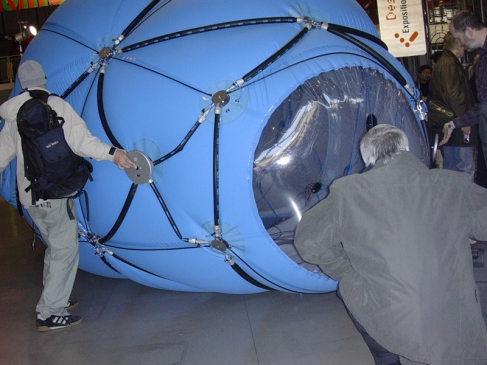
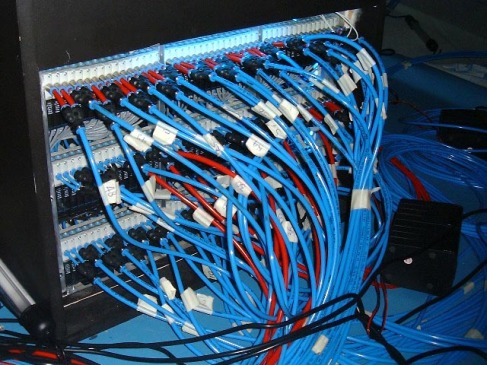
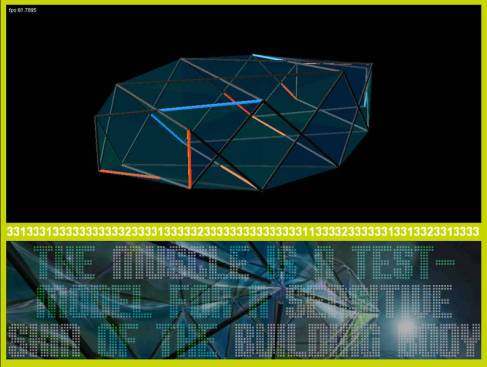
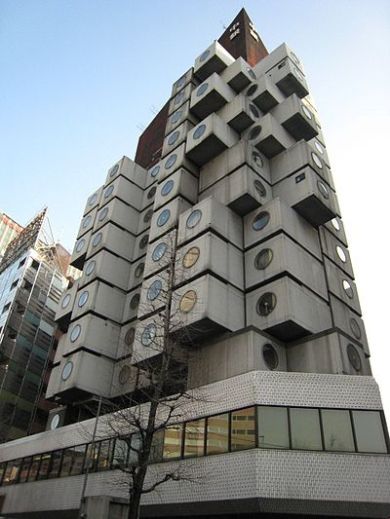
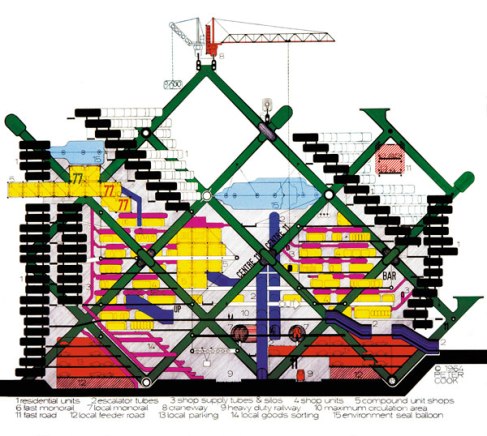
“Plug-in-City is a mega-structure with no buildings, just a massive framework into which dwellings in the form of cells or standardized components could be slotted. ” Does our interactive framework of the pod still need a “Frame” or can the interaction between the pods form the framework and “city”?
Responding to the user is a current and old dream (As earlier discussed about J.G. Ballard.) What response(s) and in which scale, makes a pod a home to a user? How are these made possible(technology)?
(Could be a very nice essay topic.)